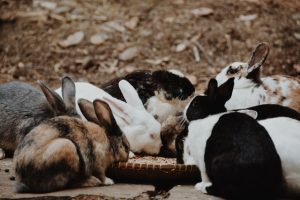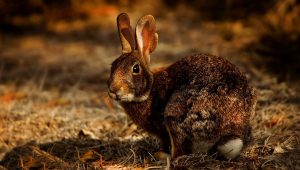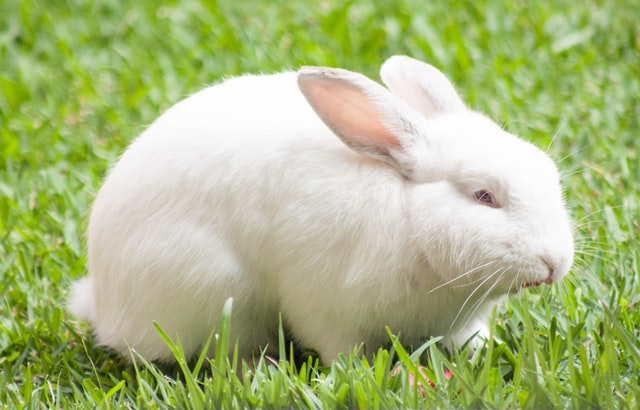
For the hunter, before pulling the trigger, it is essential to determine the animal's species, sex, and age. Distinguishing between species and age is often based on colour characteristics. Slight differences in the coat's colouration make it possible to identify, e.g., forest marten and house marten, or spotted a gopher and bearded gopher. This process can be disrupted by the atypical colouring of the animal.
Contents
Albinism occurs in animals and humans, but interestingly it is also observed in plants. It is difficult to unequivocally determine the scale of this phenomenon because information about albino individuals appears rather only in the form of interesting reports published in the media.
Humans have long been interested in "ghost animals" appearing in populations. Research on such individuals was conducted as early as the first half of the eighteenth century.
An inherited affliction
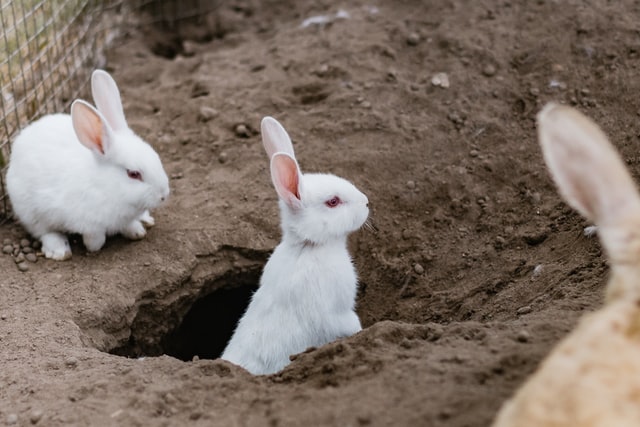
Albinism is classified as a disease and is a genetically transmitted trait. The genes responsible for passing on this trait are recessive, so both parents must pass on the genes responsible for the defect to show up in the offspring. The condition is caused by a lack of a pigment called melanin.
The complete lack of melanin results in the lack of colour in the skin and its products, most often hair, and the iris of the eye. The affected individual is completely devoid of body pigment and is uniformly white with pink eyes, nose, and even hooves or antlers.
The lack of colour in the iris causes translucency of blood vessels resulting in the appearance of red eyes, and the same is true of his skin. This type of condition is called complete albinism. There is also leucism, a partial or complete deficiency of two types of melanin.
In this case, we see partial deficiencies in the hair coat colour, resembling individuals going grey at a very young age. White patches that form a symmetrical pattern are often seen in affected animals. Acquired vitiligo can also be distinguished, as an autoimmune disease characterized by the depigmentation of patches of skin caused by the death of the cells responsible for the colour of the skin.
Sometimes leukotrichia, or post-traumatic hair discolouration, also occurs. The opposite of albinism is melanism. This is a condition characterized by too much melanin in the skin. This dysfunction results in black skin, hair coat, and iris.
Causes of albinism
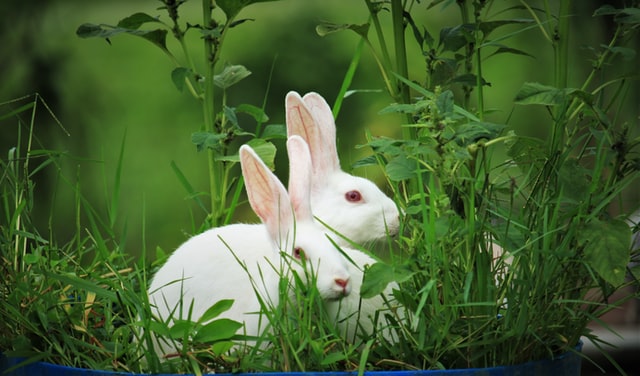
Several causes are listed that may be responsible for the onset of albinism. First of all, these are mutations within the genes. Indirectly, according to researchers, pathogens may contribute to it. It also indicated the influence of consumed biomass and various physical traumas. In 2008, scientists showed that the cause may also be metabolic disorders that occur in the prenatal period and dysfunctions in the development of melanocytes (melanin-producing cells), which affect the density of skin pigmentation.
In humans, albinism is caused by a lack of the enzyme tyrosinase, which converts the melanin precursor amino acid tyrosine into the pigment melanin. Tyrosine reacts to UV radiation and initiates melanogenesis, the darkening of the skin. There are three types of melanin in the human body: eumelanin - black-brown, pheomelanin - yellow-red, and peuromelanin - produced by nerve cells and found only within the nervous system.
Scale of the problem and its consequences
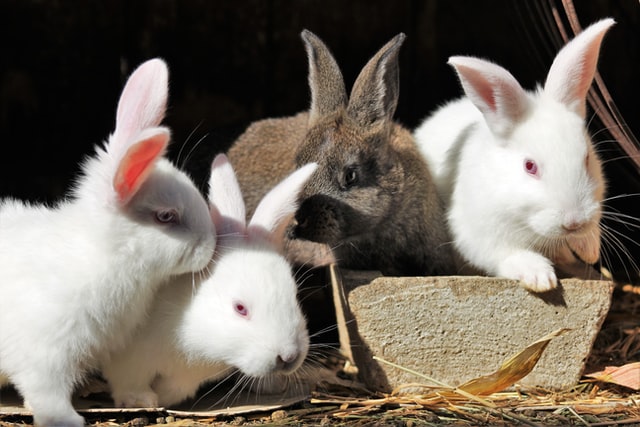
Worldwide and nationwide, we are unable to estimate the number of animals affected by albinism. So far, reports inform us about the occurrence of the anomaly in groups of rodents, bats, ungulates, and predators. The disease affects virtually all vertebrate species living in the world.
However, it is most commonly observed in birds. In the animal world, it is estimated that on average, per 100 000 births, an individual appears that bears features of total or local vitiligo. In the wild, this phenomenon is rare for several reasons.
First, individuals with an albinistic phenotype are far less likely to survive and pass on defective genes. If an albino goat (recessive homozygote) meets a healthy goat, it can only have albino offspring if it has recessive albinism genes (heterozygote).
However, when the mother did not carry the recessive gene (dominant homozygote), the goat would only carry the recessive gene but have normal pigmentation. When two deer with no signs of albinism are certain to carry one recessive gene (heterozygous) breed, they have about a 25% chance of producing an albino.
Studies have shown that the chance of seeing an albino in the wild is about one in 30,000 observations. In addition, it has also been estimated that less than 2% of deer are magpie and are also quite rare. This results from increased predation pressure directly related to the easier tracking of prey with unusual coats and an easier target for hunters.
Red deer or albino deer are more visible from birth but are often born with physical abnormalities such as splayed antlers, deformed hooves, shortened jaws, short legs, and visual defects. Given the handicaps that an albino may have, it is rare in nature for them to reach maturity or even old age.
In some species of animals without hair, a deficit of melanin in the skin results in rapid death due to a lack of UV protection. In addition, albinos may be affected by several disorders resulting from their genetic disease. It has been proven that albinism in rodents is usually accompanied by skeletal and neurological defects, spina bifida, and infertility. Studies in Mimidae have shown a correlation between albinism and dysfunctions such as poor eyesight, voice problems, and unnatural activity.
None of the albino individuals lived to reproductive life. In fish, albino flesh has a higher lipid content, and in opossums, the coat is softer and more pleasant to the touch than in healthy individuals. However, there are species where the white or black coat is not the result of a genetic disease.
For example, the fallow deer (Dama dama) has four coat types. Two of them - extreme (white and black) have nothing to do with defective genes and thus do not affect the carcass's quality or the animal's reproductive success.
In addition, sometimes, we observe individuals with a magpie colour in the environment it is not necessarily a sign of disease. The result of such colouration can be, for example, the ability to cross wild individuals with domesticated ones, which is often observed in the case of wild boars.
To protect or to obtain?
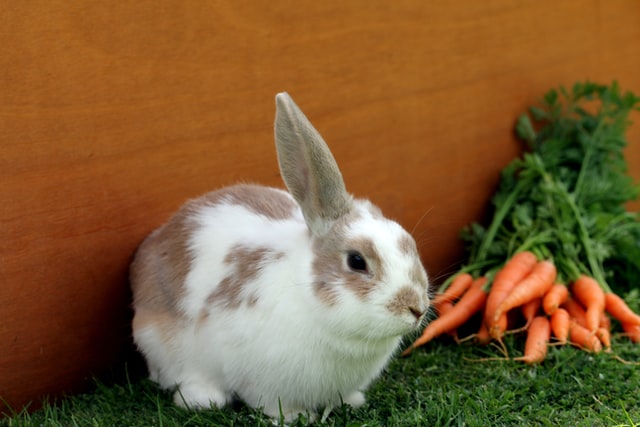
There are often pictures of roe deer, deer, elk, or wild boar with colouration indicating albinism in the media. These animals are, of course, subject to hunting selection to prevent the transmission of genetic defects associated with this disorder. However, some hunters do not obtain such animals. This could be due to the superstition that shooting an albino brings bad luck and may cause the death of one of the family members.
However, such animals cannot survive long in the wild and therefore are not harvested. And in fact, in some states such as Minnesota, Tennessee, Illinois, Wisconsin, and Iowa (USA), albino deer are protected. Game animals characterized by defective genes are undoubtedly beautiful, majestic, and rare. They inspire awe among the lucky ones who have the opportunity to observe them in their natural environment.
However, it must be remembered that the genes they carry can be dangerous to the population. Is the only way to prevent this is to shoot them? Perhaps isolation and control of interbreeding with healthy individuals would suffice? If only because it would allow us to get to know them better.
It is certainly worth hunting for them with a camera. They are such a rare phenomenon that a photograph will also be a wonderful trophy that will evoke positive emotions connected with a stay in a fishery.Authors of the text: Katarzyna Dziki-Michalska, M.Sc. and Katarzyna Tajchman, Ph.D. Professor, University of Life Sciences in Lublin, Department of Animal Ethology and Hunting
Can I breed an albino rabbit?
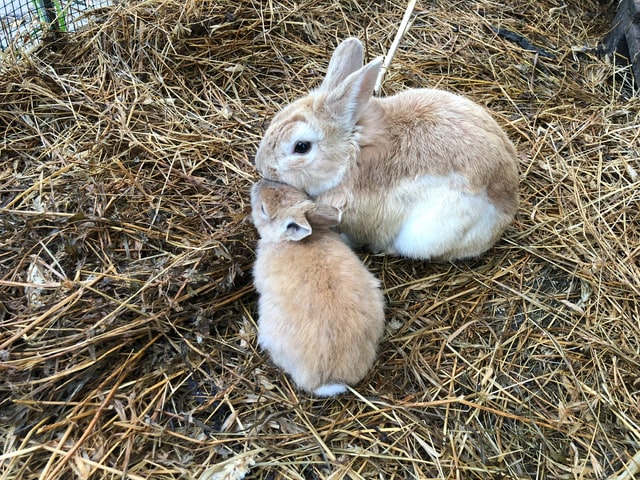
There are no restrictions on breeding albino rabbits. The albino gene is not considered harmful. There are also no additional percussion options for breeding such rabbits. If you breed a pure albino rabbit, the young rabbits will also be albino. This happens because the gene becomes specific when passed on. It will replace any other genes that the parent rabbit has.
If you do not have the blood of albino rabbits, do not use albinos in this parenting process. On the other hand, if you will not breed an albino rabbit, spay or neuter it as soon as possible. It is also possible for two non-albino rabbits to produce an albino baby. This happens because the albino gene can be recessive, so it will be split in the rabbit's DNA. If this happens, the baby will grow up healthy.
How to properly maintain and care for
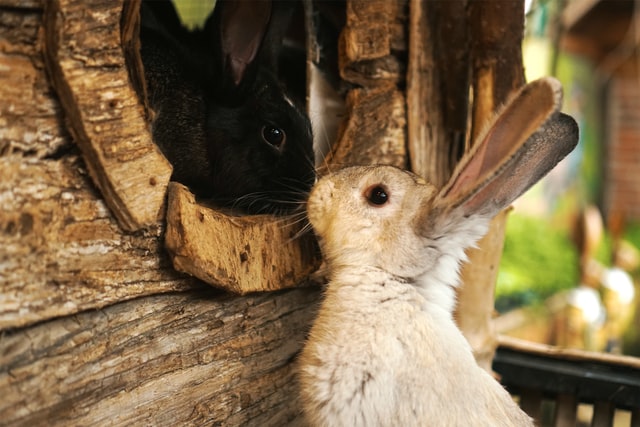
The arrangement of the straightening cages becomes the key to the full development of the animals. The structures should be spacious (taking into account the size of the animals) and protected from direct sunlight and drafts. Cage doors are usually made of metal mesh. The floor must be levelled so that the animals do not injure their paws.
The main maintenance requirement is to keep the stands clean. At least 2-3 cell cleanings are performed weekly. Periodic disinfection of the structure is recommended as a preventative measure. The inner surfaces of the cells are bleached with lime.


